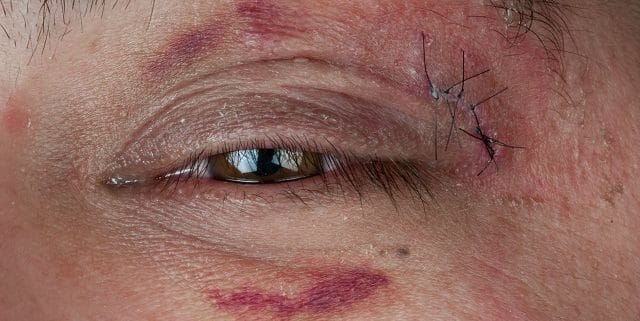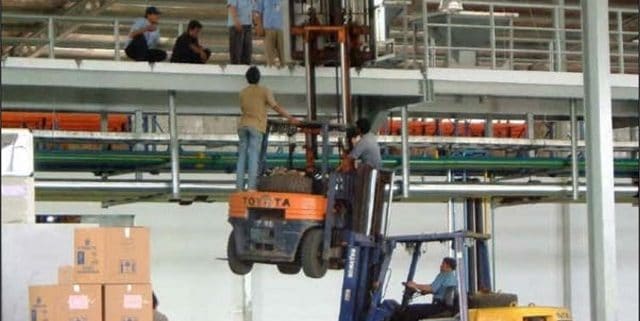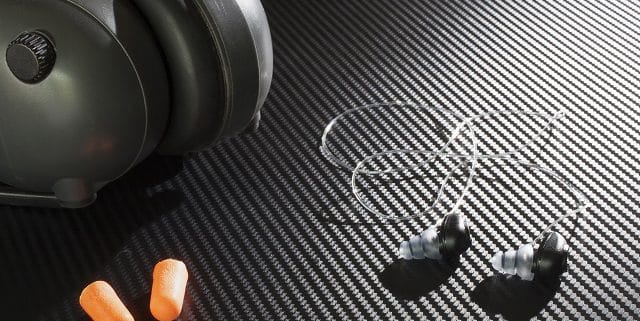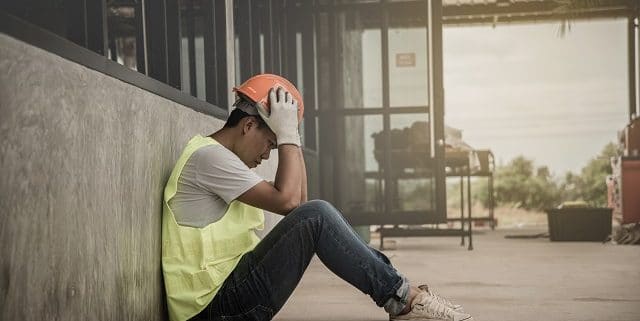Bad Habits
We all have bad habits, nail biting, swearing perhaps chewing with an open mouth. These don’t seem too harmful but what about at work? Maybe never using a shield while grinding, or painting without a respirator or forgetting pre-work inspections? These habits won’t be quite as forgiving. Bad habits have been formed over long periods of time and won’t be changed overnight. It takes on average 66 days for a new habit to be automatic; so we better get started now.
First, pinpoint all your dangerous habits, write them down along with when and why you do them. Once you have your list, pick a “punishment” for when you slip up. This isn’t a real punishment like self lashing or something, I mean a swear jar or something similar. Every time you catch yourself without a shield while grinding, throw a dollar in a jar or you don’t get your sweets at break. This is totally up to you. Make some changes. If the grinding shield is on a hook far away, consider moving closer to the grinding area. This will help remind you to put it on. Write on your JHA every morning. This is exactly why you have them, to keep you alert and safe. Set reminders. Maybe you always have grinding after your second break? Set a reminder on your phone, telling yourself to put on your shield first thing. Add some positivity to your thought process. Don’t think “oh this awkward face shield always gets in the way”. Try thinking “wearing this shield will protect my face and eyes to go home in one piece”.
There are a million different ways to change your habits, do what works for you. Put the work in, it will lead to a safer and much happier you.









